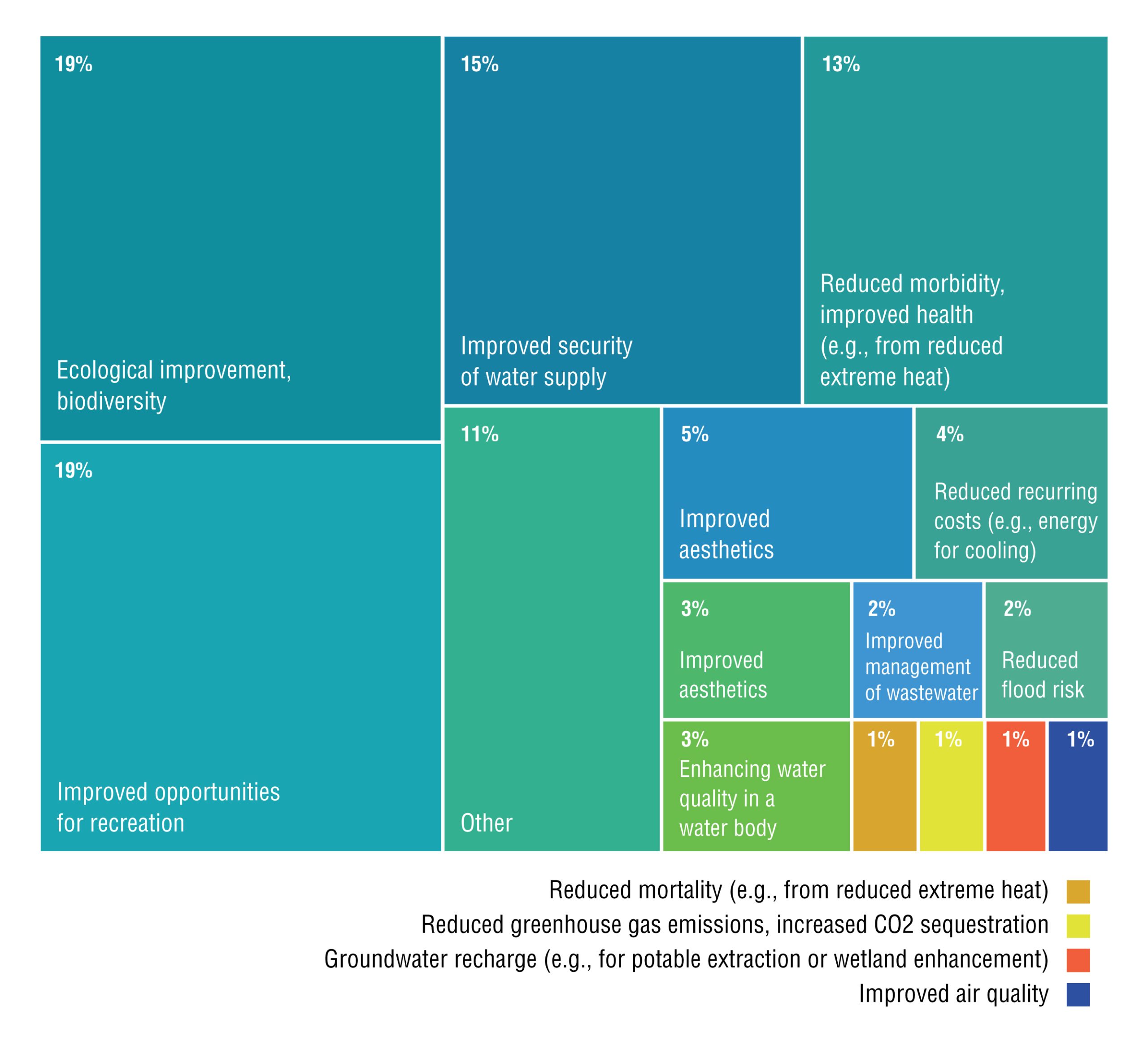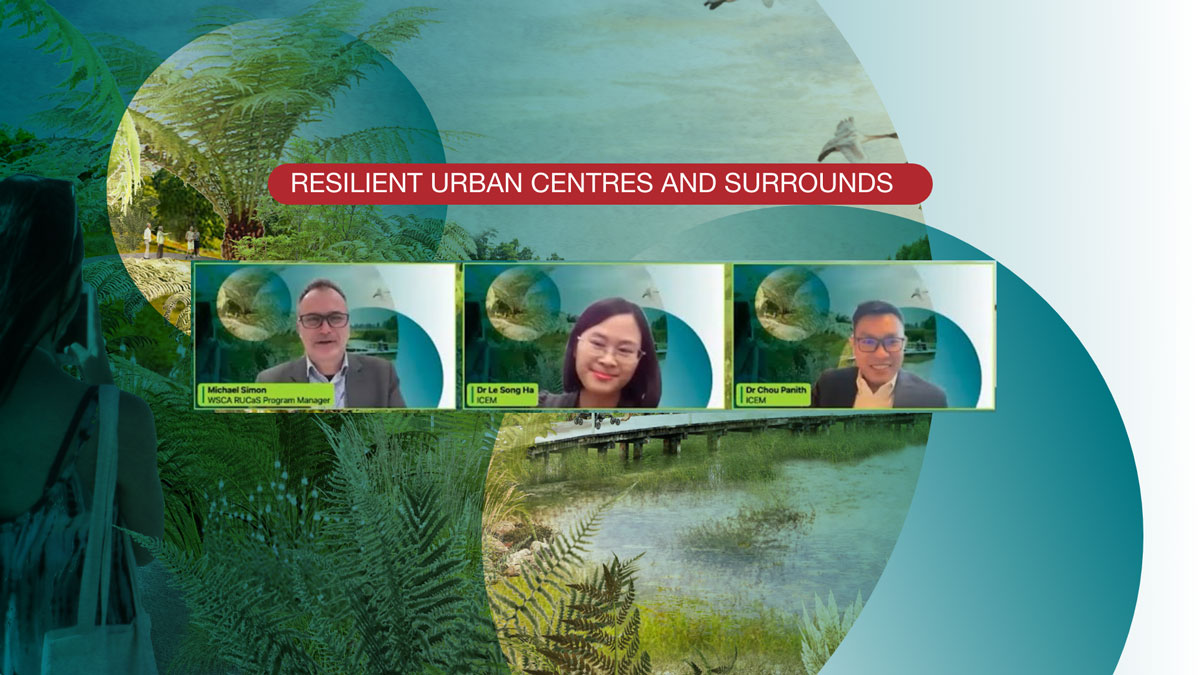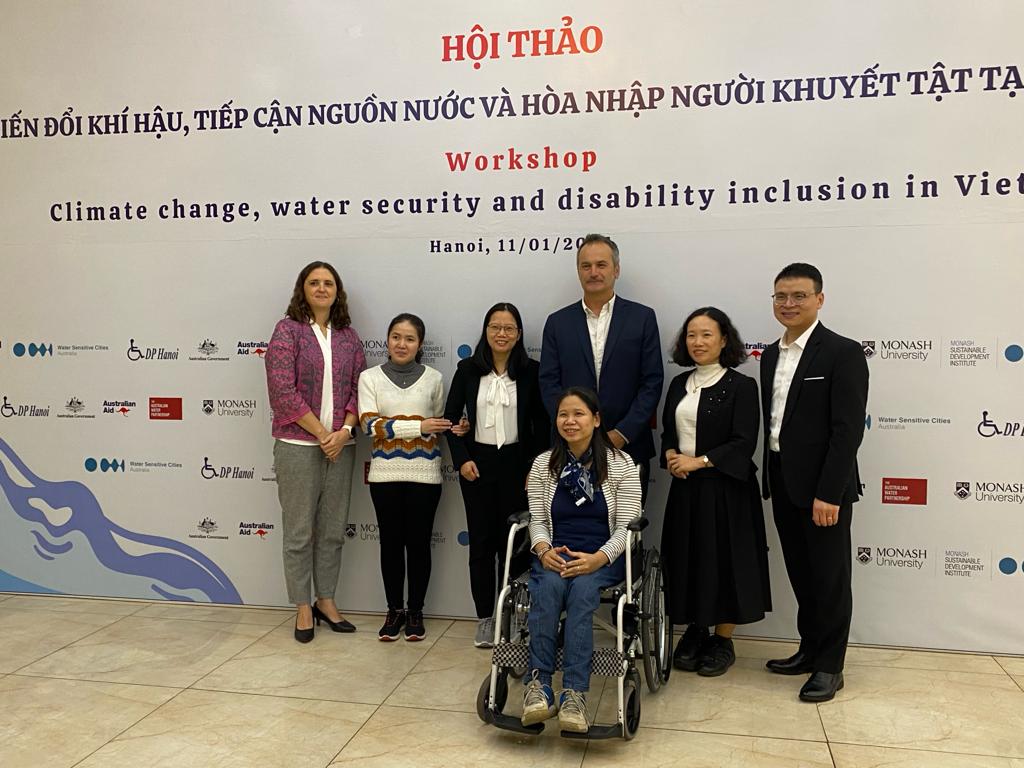The Value Tool gives practitioners a way of valuing the benefits of water sensitive projects that are not traded in markets, such as the environmental and social benefits. Not including these benefits in business cases and investment proposals can mean beneficial projects do not proceed.
Obtaining a monetary value for non-market benefits is complex, and ideally requires conducting a primary non-market valuation study, which can be expensive and time consuming. But if you don’t have the time or the resources to conduct a primary study, the Value Tool can provide a reasonable approximation of the non-market benefits associated with an investment.
These are some of the key highlights of the current version:
- It now contains over 2,800 non-market values from 225 Australian studies that relate to a range of benefit types.
- The most frequent estimates are available for ecological improvement and biodiversity (19%), improved opportunities for recreation (19%), improved security of water supply (15%) and reduced mortality and morbidity (13%).

- We added new filtering facilities to identify values related to regional and metropolitan Victoria easily.
- More than 720 records (25%) relate to Victoria. The top 3 value items are improved opportunities for recreation (24%), improved security of water supply (13%) and ecological improvement, biodiversity (13%).
- More than 285 records relate to regional Victoria. The top 3 value items are reduced morbidity, improved health (e.g., from reduced extreme heat) (22%) and improved security of water supply (16%).
- 430 records relate to metropolitan Victoria. The top 3 value items are improved opportunities for recreation (33%), reduced flood risk (13%) and improved security of water supply (12%)
We’ve also updated guidance for using the tool. Check out the new guide here.
Supporting integrated urban water management in Thailand’s Eastern Economic Corridor

Get the run down on the RUCaS Regional Conference and Training, held over 4 days in November 2023

Improving climate change and water security outcomes for peoples with disabilities

New faces at Water Sensitive Cities Australia

